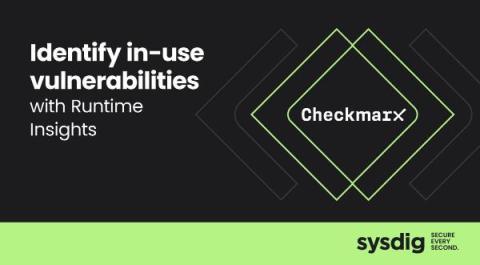What is the Dirty COW exploit, and how to prevent it
Dirty COW, a seemingly light-hearted name, masks a severe Linux privilege escalation issue. This bug has affected many older Linux systems, which is concerning given that 41% of web servers run on Linux. Despite widespread patches in distributions like Ubuntu and Red Hat, Dirty COW remains a threat, particularly to outdated systems. As a significant security flaw, it poses risks to various devices and servers even in 2024.











